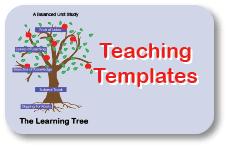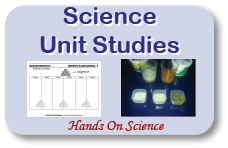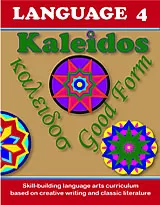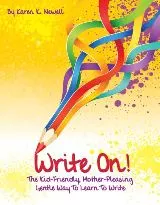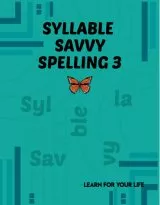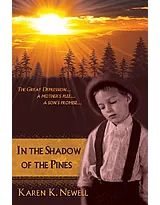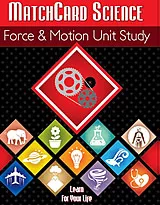Homeschool Chemistry
5 things you need for a complete homeschool chemistry course
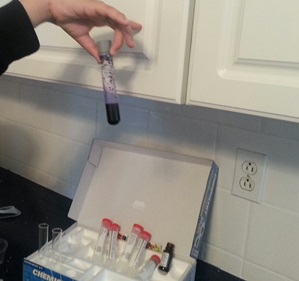
1. Chemistry Experiments
Chemistry wouldn't be chemistry if you didn't do some mixing and pouring, shifting and stirring. But just where do you get the stuff to mix and stir?Okay, technically these are chemistry demonstrations, because true science experiments are conducted to test a hypothesis without knowing the real outcome. I don't know about you, but I really don't want my kids mixing chemicals without anyone really knowing what the outcome is going to be.
But in the usual, everyday language, an experiment is a hands-on way of doing science, and chemistry just wouldn't be chemistry if we didn't do a little mixing and pouring. Nor would it be much fun for anyone.
Here are three possible resources for your chemistry experiments.
Thames & Kosmos Chemistry C500
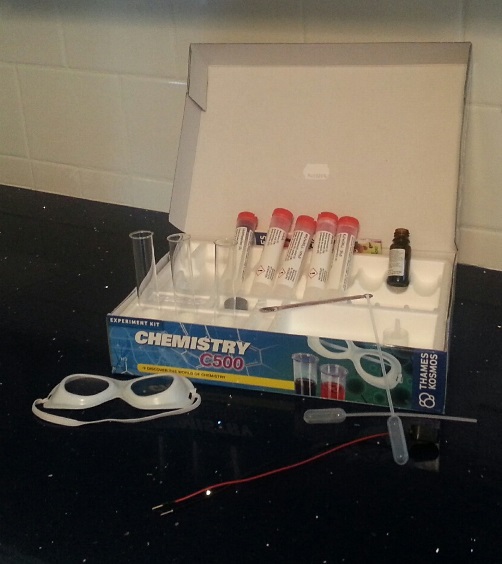
- White vinegar
- Denatured alcohol (look next to paint thinner in your local hardware store. You have to buy a whole lot more than you need, but it makes awesome glass cleaner which will keep your windows sparkling for quite a while.)
- A Lemon
- Sparkling mineral water
- Distilled Water
- Rain Water
- Yellowish paper
- Shiny iron nail
- 9 volt battery
- Blotting Paper
MatchCard Projects
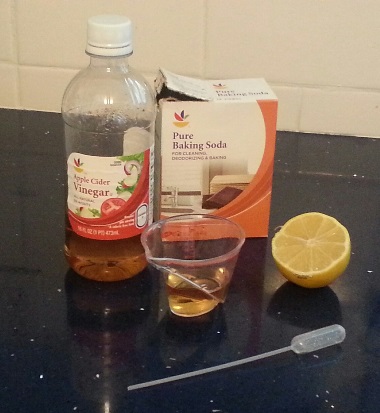
It doesn't come in a neat little box, but the activities suggested in MatchCard Science Chemistry Unit (see below) will also provide you with hands-on chemistry activities.
2. Chemistry Curriculum
Well, of course you want your little Einstein to stir and pour his or her way into the chemistry hall of fame, but it takes more than just some chemistry experiments to accomplish that. You are going to need a chemistry curriculum that teaches the basic facts and concepts of chemistry.MatchCard Science Chemistry Unit Study
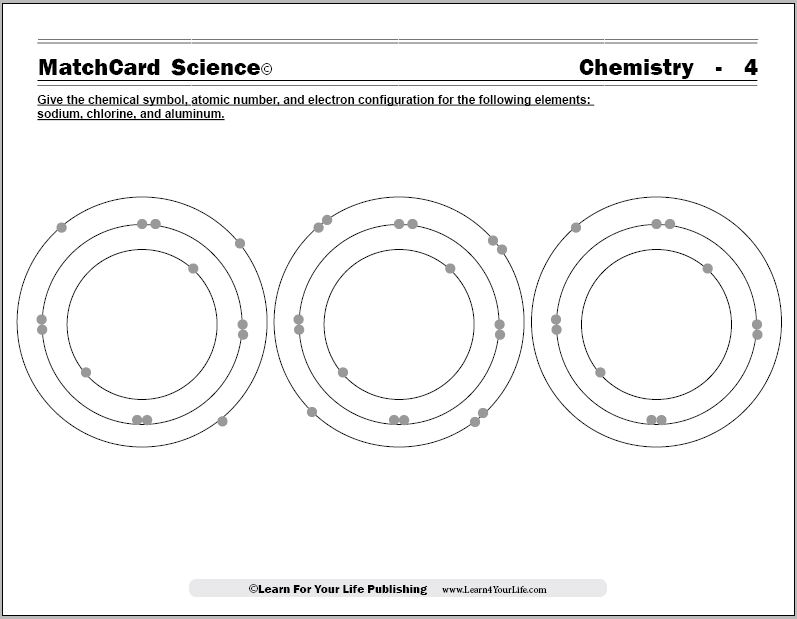
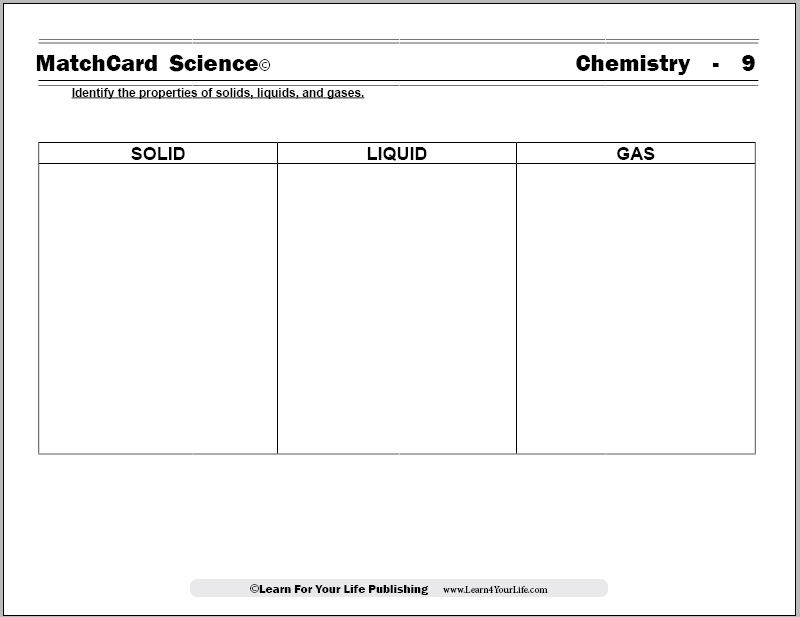
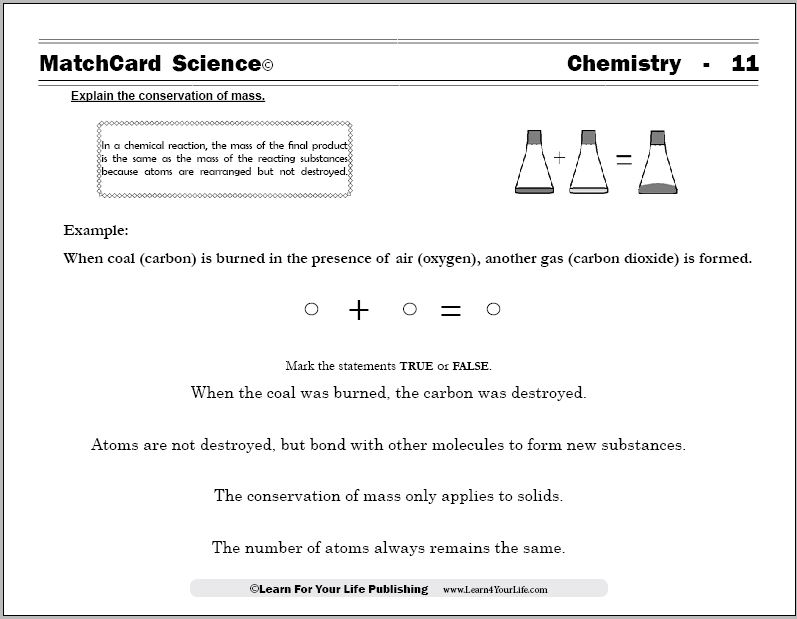

- Atomic Structure
- >Chemical Symbols
- Electron Configuration
- Molecules
- Compounds & Mixtures
- Chemical & Physical Changes
- States of Matter
- Density
- Conservation of Mass
- Acids & Bases
- The Periodic Table
3. Molecular Models
While we do use paper plates, marshmallows, and Styrofoam balls to help students visualize molecules, sooner or later you will need a professional chemistry model set to demonstrate molecular bonds.Molymod Student Set
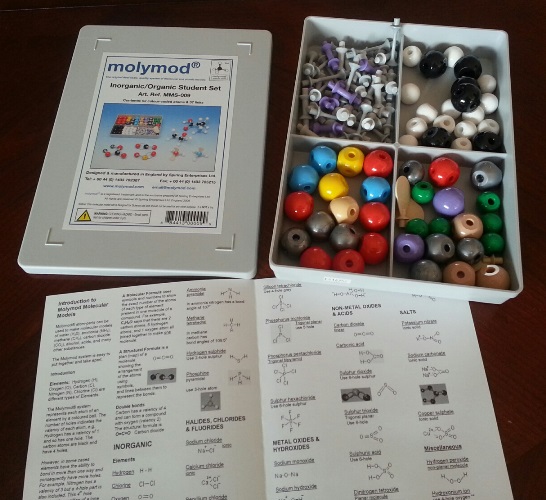
- Water
- Hydrogen chloride
- Ammonia
- Sodium chloride
- Carbon dioxide
- Carbonic acid
- Sodium Carbonate
and MORE... In fact you can make 62 different molecular models with this kit.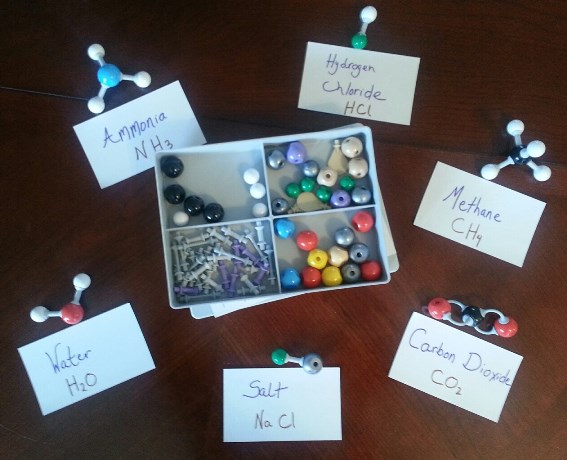
I made flash cards for five chemicals:- Water
- Cardon Dioxide
- Methane
- Salt
- Hydrogen Chloride
- Ammonia
So what's the big deal about making models from these little colorful balls anyway? Certain molecules require different types of bonds depending on the number of electrons shared. While your middle school student will not grasp everything about the angles of the bonds, it is a great introduction for high school and college chemistry classes. By repeatedly making some of the same molecules over and over, they will be learning about the different types of bonds. It will merely be a review when they take the more advanced courses.
3. Chemistry Games
Well, of course, chemistry games aren't absolutely necessary. If you have the chemistry curriculum, lab projects, and model building you have a pretty complete curriculum, right?
Chemistry games allow students to interact with the content in a different way. It's fun. It's repetitious. It keeps the information percolating in their cranium after your unit of study is complete. Check out these two chemistry games.
Elementeo
Elementeo is a commercially available board game that combines chemistry and alchemy in a strategy game that is somewhat like Chess (though I'm sure true Chess champions might take exception to that.)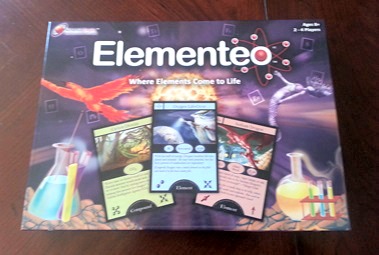
The game is played on five levels, each one incorporating more moves and strategies. You need to play the lower levels in order to become familiar enough with the game to advance to the higher and more educational levels.
It is not the type of game that will teach you everything you need to know about chemistry after playing it two or three times. Instead, it's a fun game that familiarizes the students with the characteristics and uses of common elements as they become more adept at playing the game.
We have a game night several times a week during the cold months. Even during the summer months kids can choose a game during the school day. Elemento is frequently on the top of the list. This means frequent review of the chemistry concepts that were studied last year.
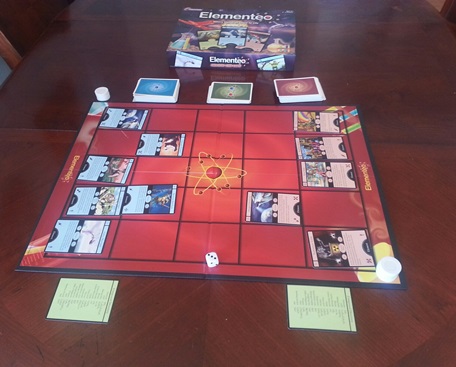
Elementeo teaches common elements and basic chenistry concepts in a Chess-like strategy game
Elements have been turned into characters and have their own cards. Some families may object to Elementeo with its medieval-era fantasy characters; either because they don't like fantasy in general or don't like fantasy as applied to science in particular. There are the usual dragons, trolls, and fairies; though I have not noted anyone putting evil spells on anyone. Here are a close up of the cards to give you an idea of their content:
So does Elementeo teach chemistry?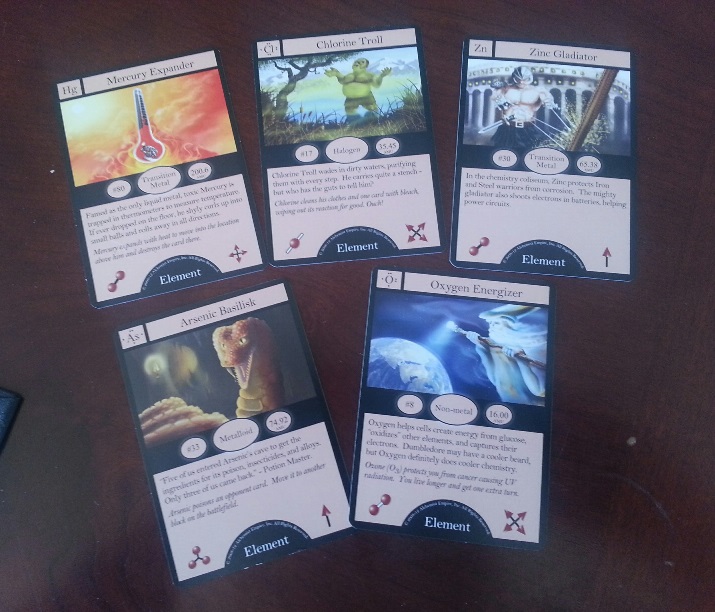
Elementeo Cards Are Characters Based On Elements
Yes it does, though a student needs to play it a number of times to become aquainted with the elements and their uses. The first several times you play you are learning the strategy of the game. However, students who like strategy games, and have a companion to play with, are likely to play it enough times to gain a unique familiarity with elements, compounds, and some of their unique properties.
So who is this game for?- We've used this for our middle school chemistry unit and played it three times a week. It was well-received and heads nodded in approval whenever they saw the game being brought out.
- Board game and strategy game lovers will welcome this to their repertoire of games. It really is a two player game, though they have directions for four players on teams.
- A student heading off to high school chemistry (or already in it) would benefit from this no-sweat introduction to the elements and compounds.
Elements On the Periodic Table
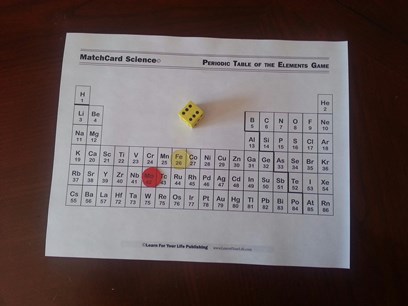
MatchCard Science Periodic Table Game: A fun and simple way to learn the elements on the first 6 rows The Periodic Table Game is a quick and simple game for learning the elements. It is a simple black and white 8.5 x 11 sheet of paper. While it doesn't have any of the high quality frills and strategy of the Elementeo game, it does offer something else: a quick method for learning the elements.
The game is relatively simple. You role the die (supply your own) and the player moves their marker (also self-supplied) the number of spaces they rolled. Only the chemical symbol is given on the chart, and if they know the name of the element they move forward two spaces. They get to move forward four spaces if they know the name of one of those tricky elements whose symbol starts with a different letter than their English name.
In addition they can move forward if they are on a metal, take an extra turn if they are on one of the noble gases, and sent their opponent to the bottom of the chart when they pass lanthanun.
Only the first six rows of the periodic chart are included because those are the common elements.

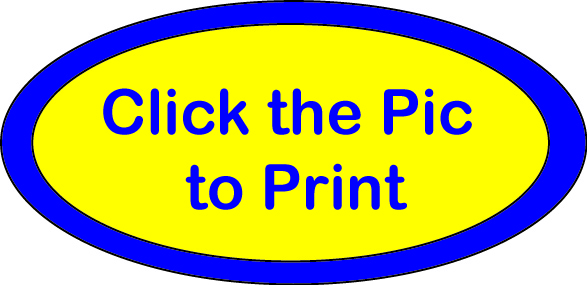
5. Chemistry Lapbook
What's missing from your homeschool chemistry course? If you have included your chemistry content, experiments, models, and games, what else could you need?
A lapbook is the perfect finale for your homeschool chemistry study - particulary for your artistic students. Lapbooks allow students to manipulate, color, and arrange textbook content in a way that is unique to them. It is a precursor to note-taking and outlining.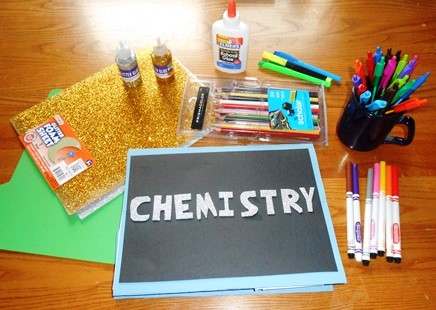
Moreover, as they proudly review and share their beautiful, color lapbooks; they are reviewing the chemistry content.
Here's a hint for those lapbook-loving students who now face the serious study of high school chemistry: continue lapbooking the major content of each chapter. It helps a student organize and master content. And that, of course, is what you want your chemistry unit to do for your students.
MatchCard Science
How To Use MatchCards
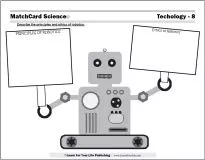
Download the FREE MatchCard Science Instructor's Guide and see how MatchCards can make building their science knowledge base fun.
Astronomy Unit Study
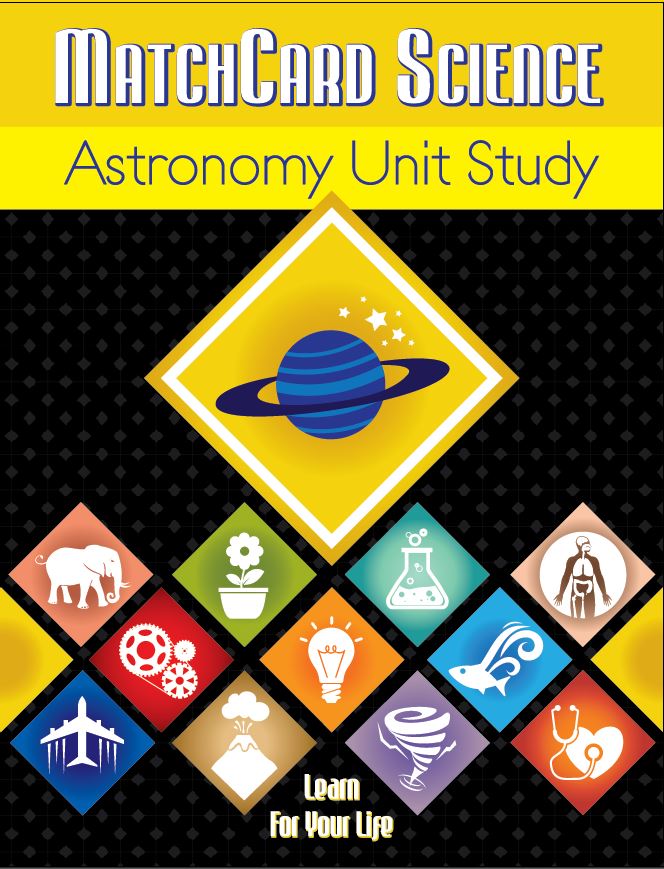
Explore the universe with the MatchCard Science Astronomy Unit Study..
12 Science Unit Studies

Chemistry is only one of twelve complete unit studies for kids in 3rd to 8th grade.
Comprehensive objectives, hands-on projects, suggested science fair experiments, and the fun game-like MatchCards keep them interested in learning science. See all twelve MatchCard Science Unit Studies.

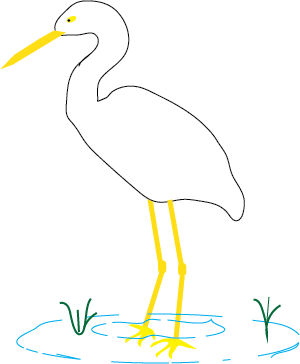
About Our Site
Hands-On Learning




